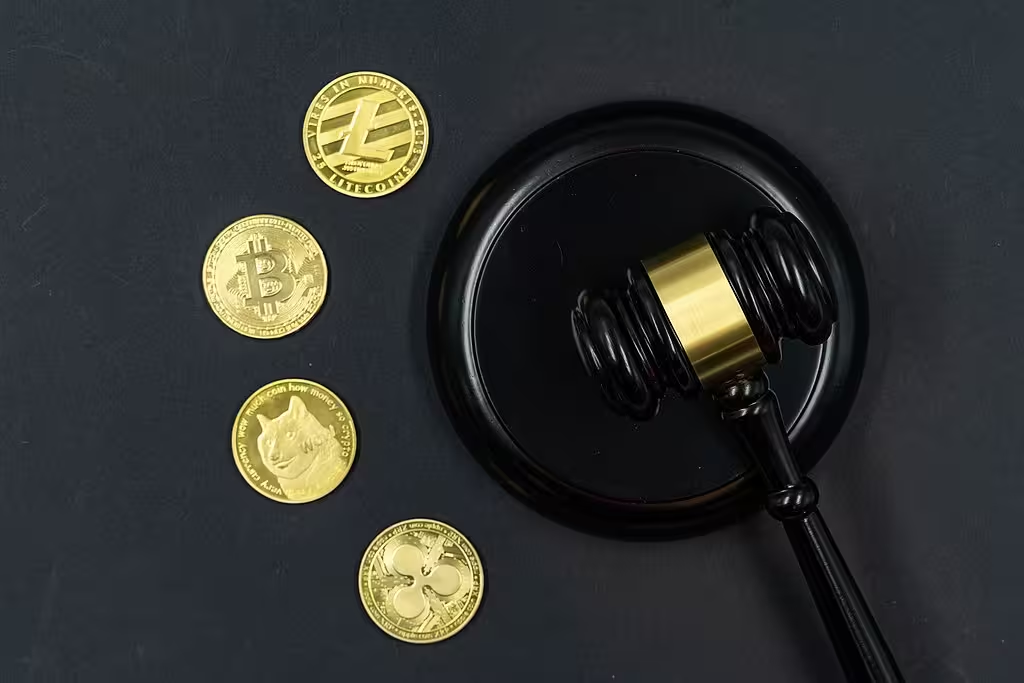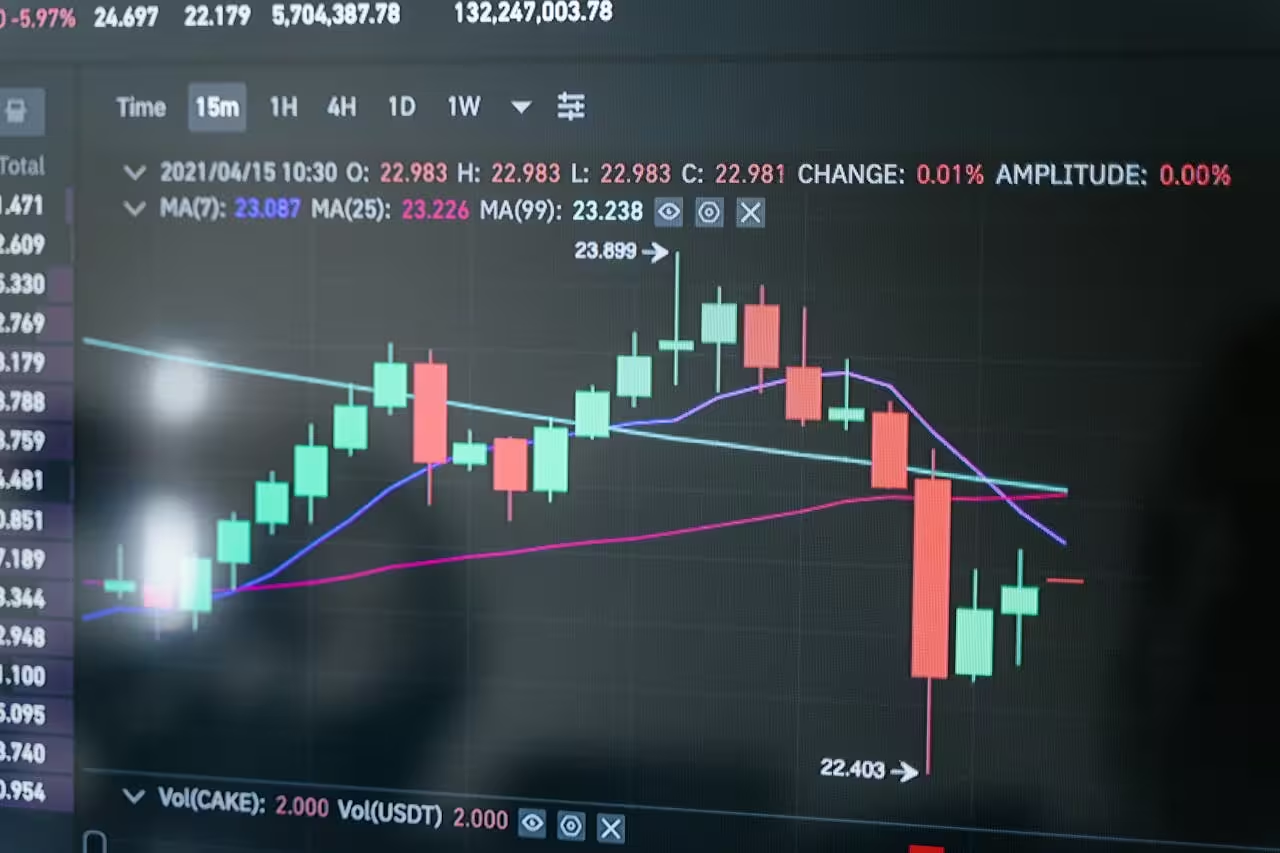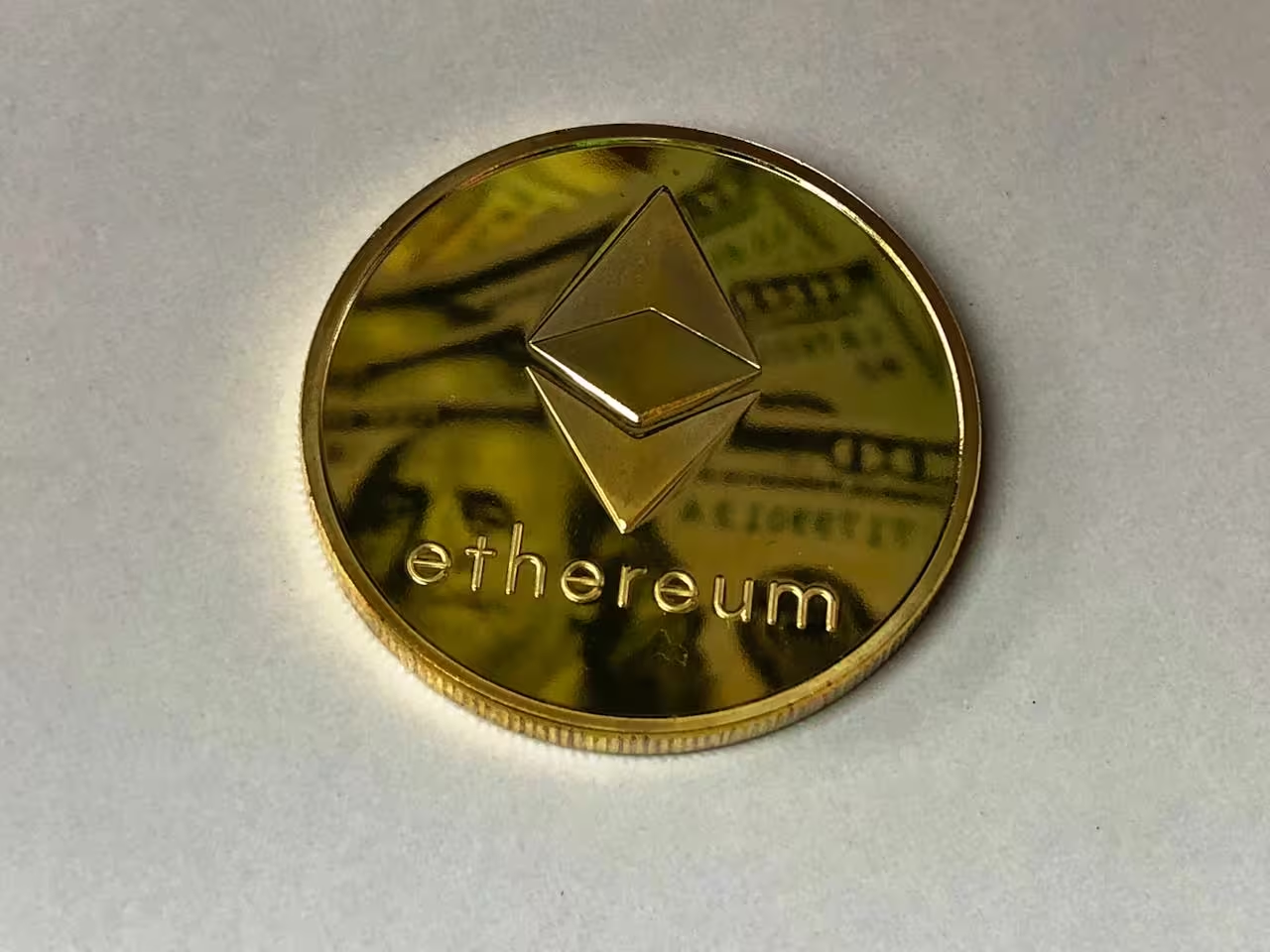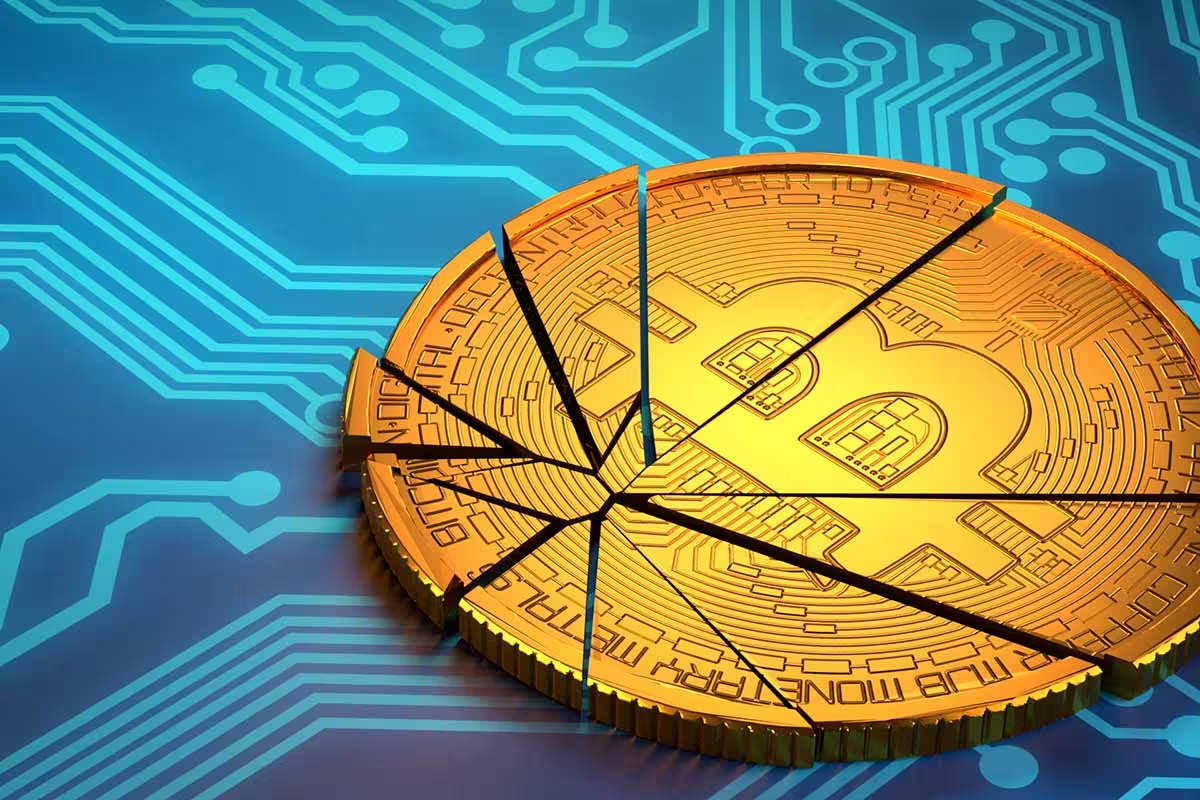Choosing the Best Crypto Platform: A Simple Guide to the Top Services
Introduction Cryptocurrencies have skyrocketed in popularity over the past few years, attracting investors, traders, and tech enthusiasts worldwide. As more people become interested in digital currencies, selecting the right platform to buy, sell, and trade them has become increasingly important. The right platform can make your crypto experience smooth and secure, while the wrong one … Read more









